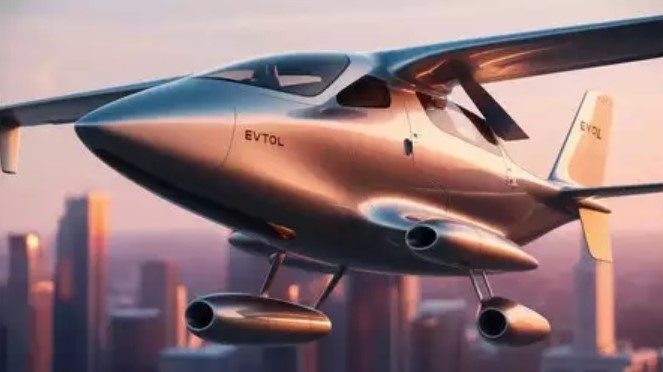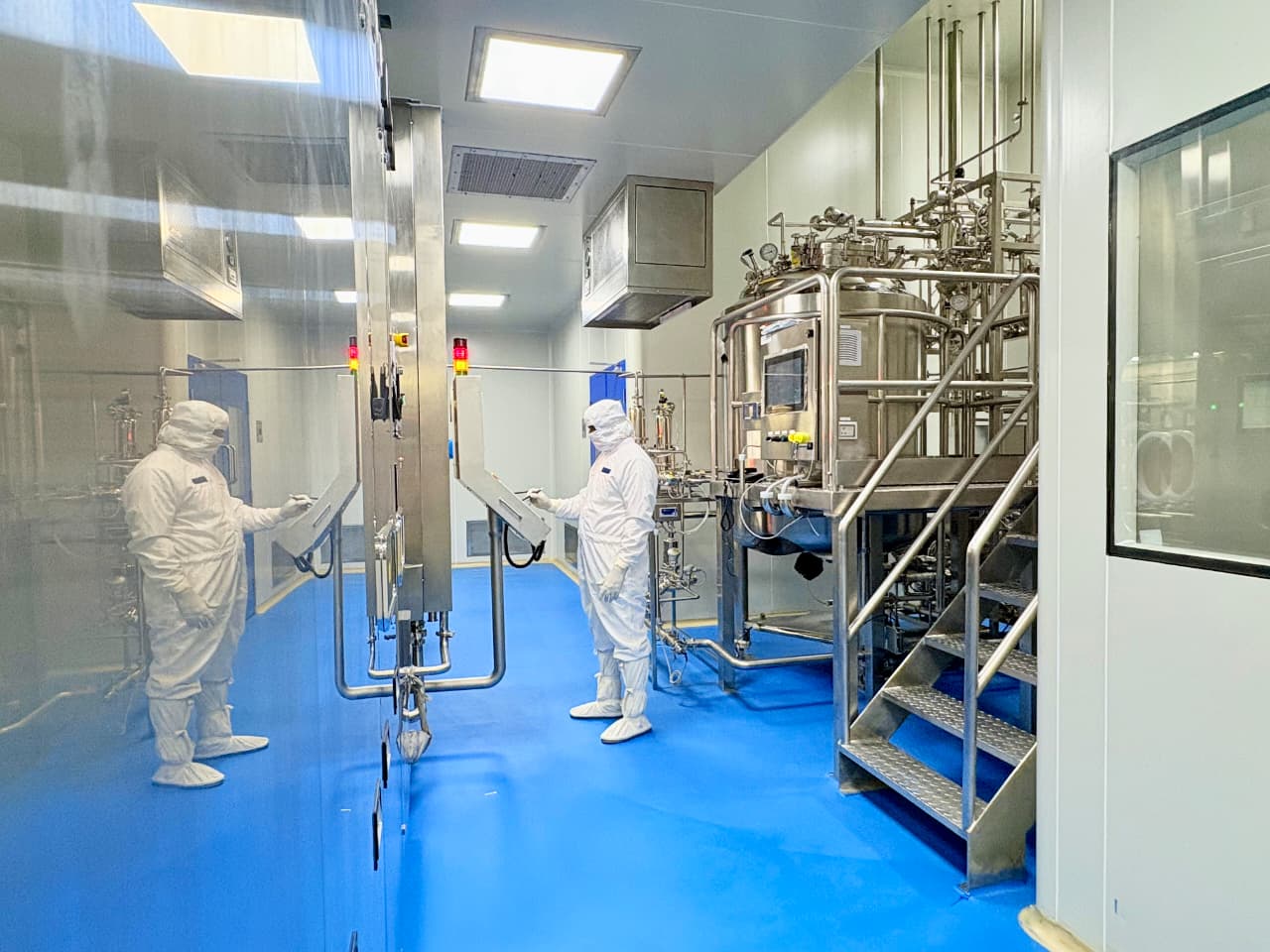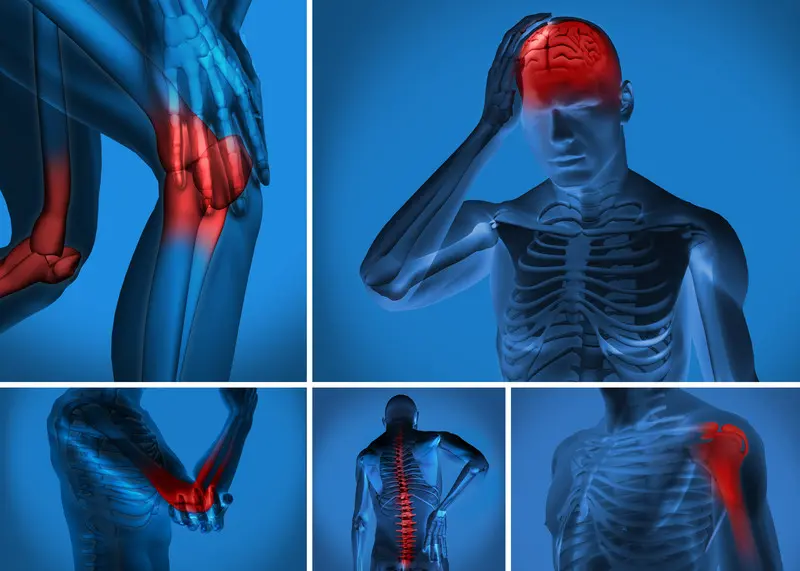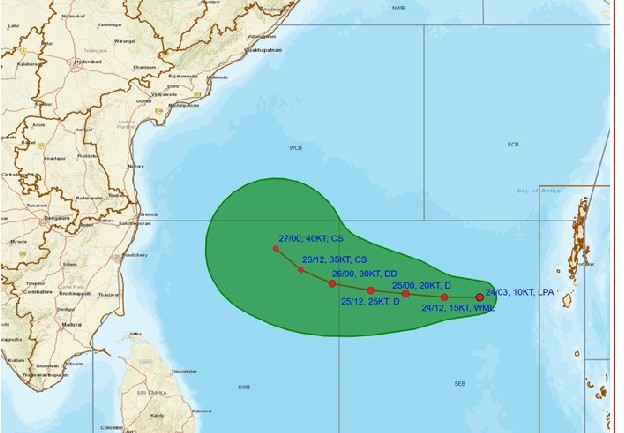New Delhi: India is poised to revolutionize emergency medical response as it enters an elite group of nations with the introduction of electric Vertical Take-Off and Landing (eVTOL) air ambulances. A monumental $1 billion agreement has been signed with ePlane Company, an IIT-Madras-incubated startup, to supply 788 eVTOL air ambulances across the country, marking a significant milestone in the nation’s healthcare and transportation sectors.
These eVTOL air ambulances will be delivered to ICATT, India’s leading air ambulance service provider, which will deploy the aircraft across every district in India. The introduction of eVTOLs is set to dramatically enhance emergency medical response capabilities, offering a faster and more efficient way to transport patients in critical conditions, particularly in urban areas plagued by traffic congestion.
The fully electric eVTOLs will also contribute to India’s commitment to eco-friendly transportation, reducing the carbon footprint associated with conventional air ambulances. With the potential to alleviate road traffic bottlenecks and ensure rapid medical access in urban and remote areas alike, the aircraft will be a game-changer in emergency medical services.
ePlane Company, founded by Satya Chakravarthy, plans to begin air ambulance operations by the last quarter of 2026. Chakravarthy stated that the company would have the production capability to deliver 100 units per year, with three prototypes currently under development. Each air ambulance will be designed to accommodate a pilot, a paramedic, a patient, and a stretcher, alongside essential life-saving medical devices and kits.
The eVTOLs will have an impressive top speed of 200 km/h and a flight range of between 110 km and 200 km per charge, making them adaptable for both densely populated urban areas and more remote regions. This adaptability is key, ensuring that even in challenging geographical conditions, the aircraft will be able to provide crucial medical services swiftly and efficiently.
Chakravarthy emphasized the importance of scaling the air ambulance operations effectively before venturing into air taxi services, explaining, “We can ramp up our production and put things into the market to good use much more effectively with an air ambulance than directly going to an air taxi. It’s possible for us to scale air ambulances more organically, compared to rushing into air taxi operations.”
This ambitious project marks a major leap forward for India, combining cutting-edge technology with healthcare solutions to provide faster, more sustainable emergency medical services. The move is expected to revolutionize the air ambulance sector and set a global standard for medical transportation.





